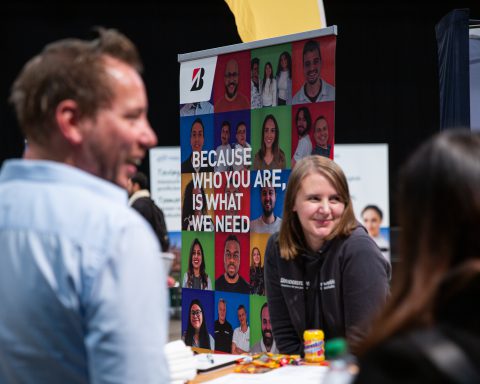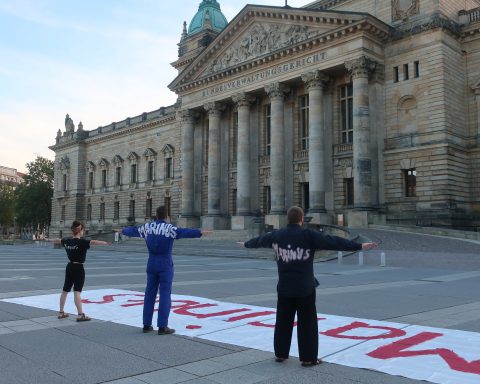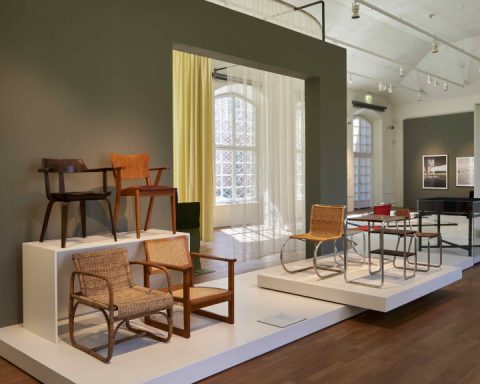The Zeitgeschichtliches Forum in Leipzig provides an interesting perspective on the opposition, resistance and moral courage shown in the DDR against the background of German division leading up to the 1989 “Peaceful Revolution.” Entering the exhibition through the bookshop I actually experienced the museum in reverse. This undoubtedly increased the sense of a teleology leading up to the denouement of the DDR regime, given that I started with the ending and worked backwards in time. The basic assumption of the exhibition is of two states, BRD and DDR, stuck in perpetual standoff with one representing freedom and the other oppression. In the immediate context of 1989 this certainly makes sense. But I think that the actual history of the two states and the differences between the DDR and Western Europe more generally were much more complex.
My only previous visit to Leipzig before 2015 was in 1968. What I recall, dimly I must admit, as part of a student tour through East Germany, Czechoslovakia and Poland, were cities still recovering from the disaster of the Second World War, rebuilding that at that time didn’t seem that different from what I was familiar with at home in England, and a grayness to everyday life that was also not that distinctive.
My sense is that the differences in levels of everyday consumption and urban housing between the DDR and Western Europe became much more apparent after 1970 than they were before.
We should also not forget that though the secret police in the DDR obviously penetrated into the very fiber of society in order to better control it in the interest of the party-state, massive surveillance and lack of trust in fellow citizens on the part of security bureaucracies have long been leitmotifs also of so-called western societies notwithstanding rhetorical commitments to privacy and human rights more broadly.
So, if I were to have the opportunity to recast the Leipzig Zeitgeschichtliches Forum, I would keep the artifacts and much of the eyewitness testimony.
But I would play down the total and permanent opposition in politico-social character between East and West, say a bit more about what was going on in the West before and after 1970 and even provide commentary about how the division of Germany was never just an internal affair but one wished upon the country by the Western powers, by Britain and France to the bitter end, as much as by the former Soviet Union. The new museum might not be so celebratory about German reunification but, if my experience is any guide, it would be a whole lot more accurate.
By John Agnew
John Agnew, Professor of Geography at the University of California, Los Angeles, was a guest of the University of Leipzig in May 2015 for the “Critical Junctures of Globalization” conference. After briefly speaking about his experiences in Leipzig while lecturing at the conference, and being approached by me during coffee breaks asking him to please tell more, Prof. Agnew kindly agreed to contribute with an article to this here The Leipzig Glocal.








